Regular Maintenance May Help Reduce Weeds Around Paver Areas
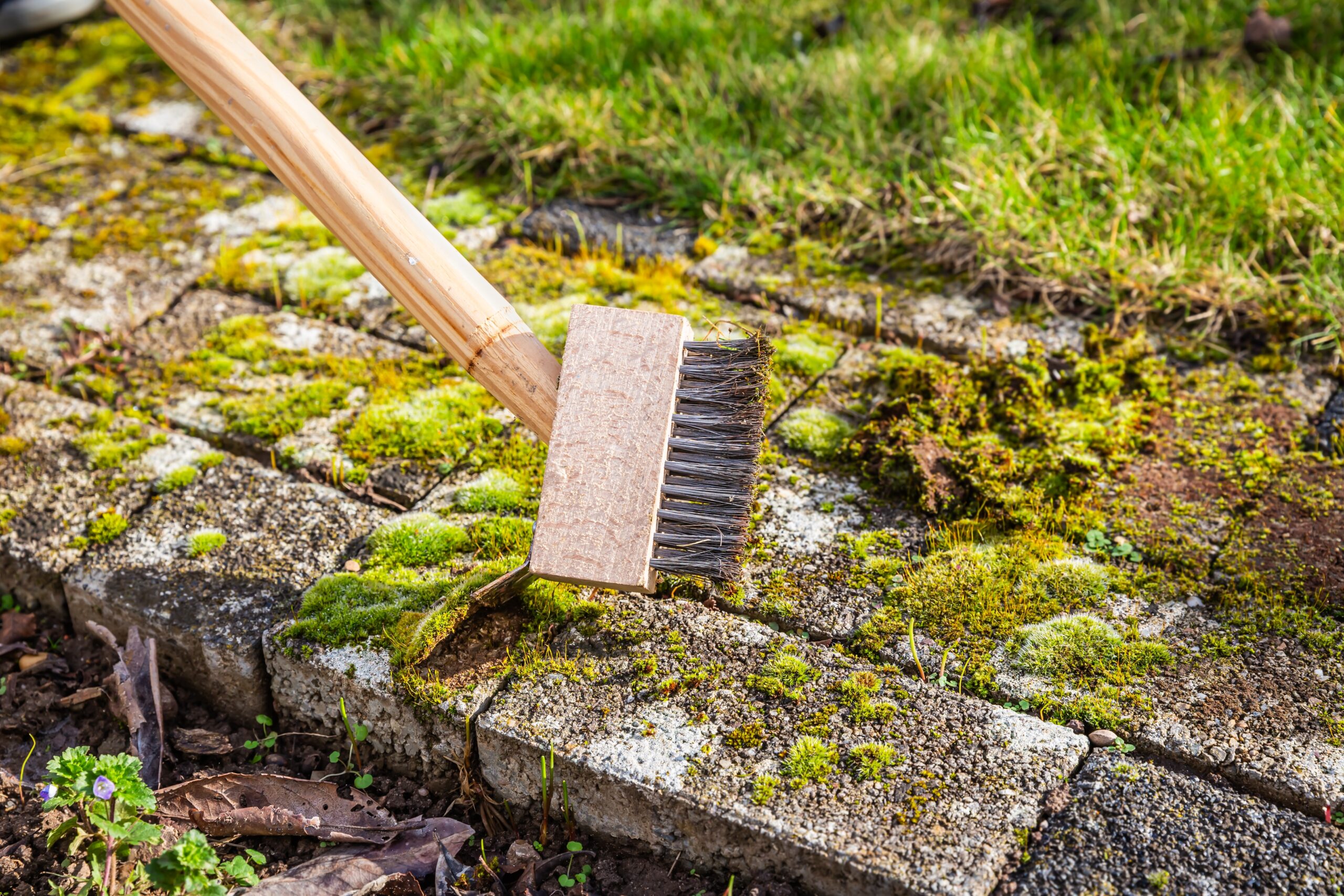
Weeds popping up between pavers can ruin the look of your outdoor space. Regular maintenance is key to keeping these unwanted plants at bay. By understanding why weeds grow and taking simple preventive steps, you can enjoy beautiful paver areas with fewer weeds throughout the year.
The tips in this article are for general informational purposes only. Always follow product instructions, take safety precautions, and consider local regulations before using any tools or treatments.
1. Why Weeds Grow Between Pavers
Tiny spaces between pavers create perfect homes for windblown seeds. These gaps collect soil, moisture, and nutrients – everything weeds need to thrive.
Sunlight reaching these areas accelerates growth, while nearby lawn areas often contribute more seeds. Without proper maintenance, weeds establish deep root systems that become increasingly difficult to remove.
2. Benefits Of Regular Maintenance
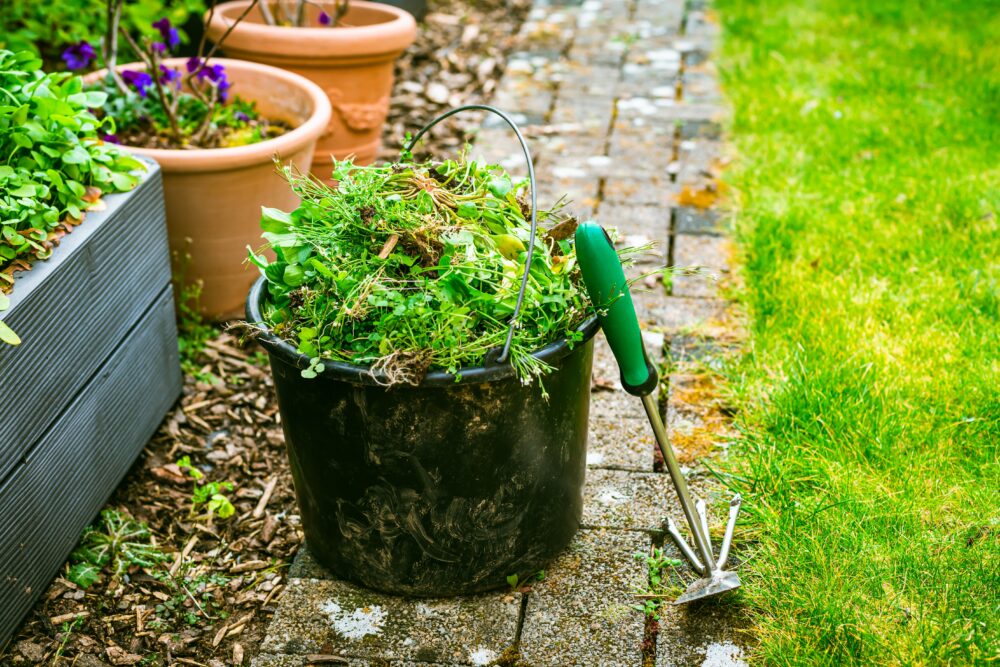
Consistent paver care saves both time and money in the long run. What takes minutes weekly might require hours or professional help if neglected for months.
Well-maintained pavers enhance your property’s curb appeal and extend the lifespan of your hardscaping investment. Plus, eliminating weed growth prevents potential damage from roots that can shift and crack pavers over time.
3. Tools And Materials That May Help
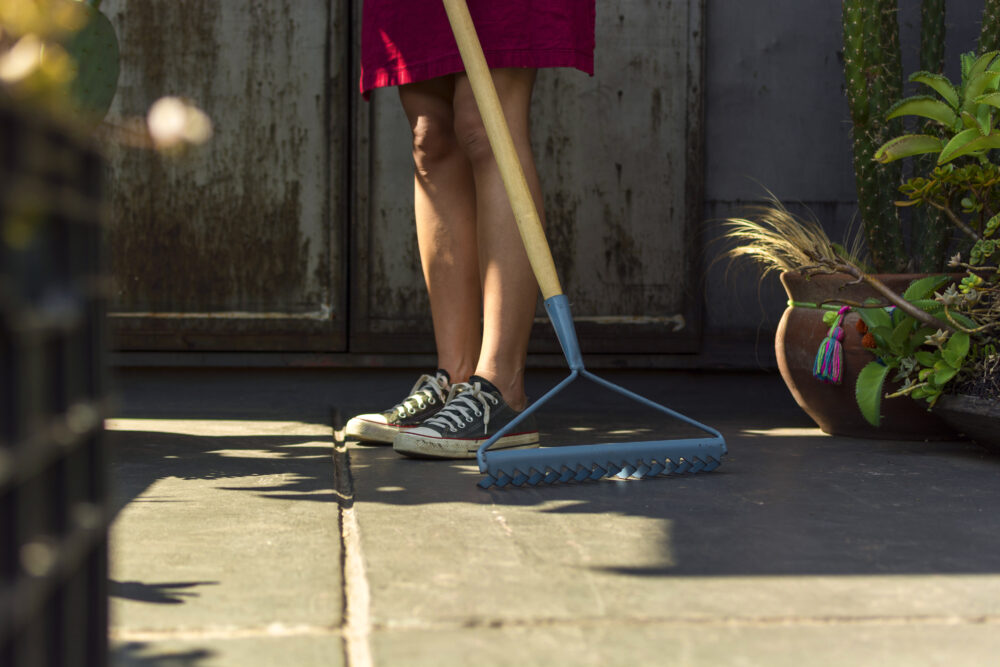
A quality wire brush tackles stubborn weeds without damaging pavers. Pair it with a narrow weeding tool for reaching deep-set roots between tight spaces.
Pre-emergent herbicides may help prevent seeds from sprouting, while polymeric sand can resist washing out. For eco-friendly options, consider vinegar solutions or boiling water treatments that kill weeds without harmful chemicals.
4. Routine Sweeping And Cleaning
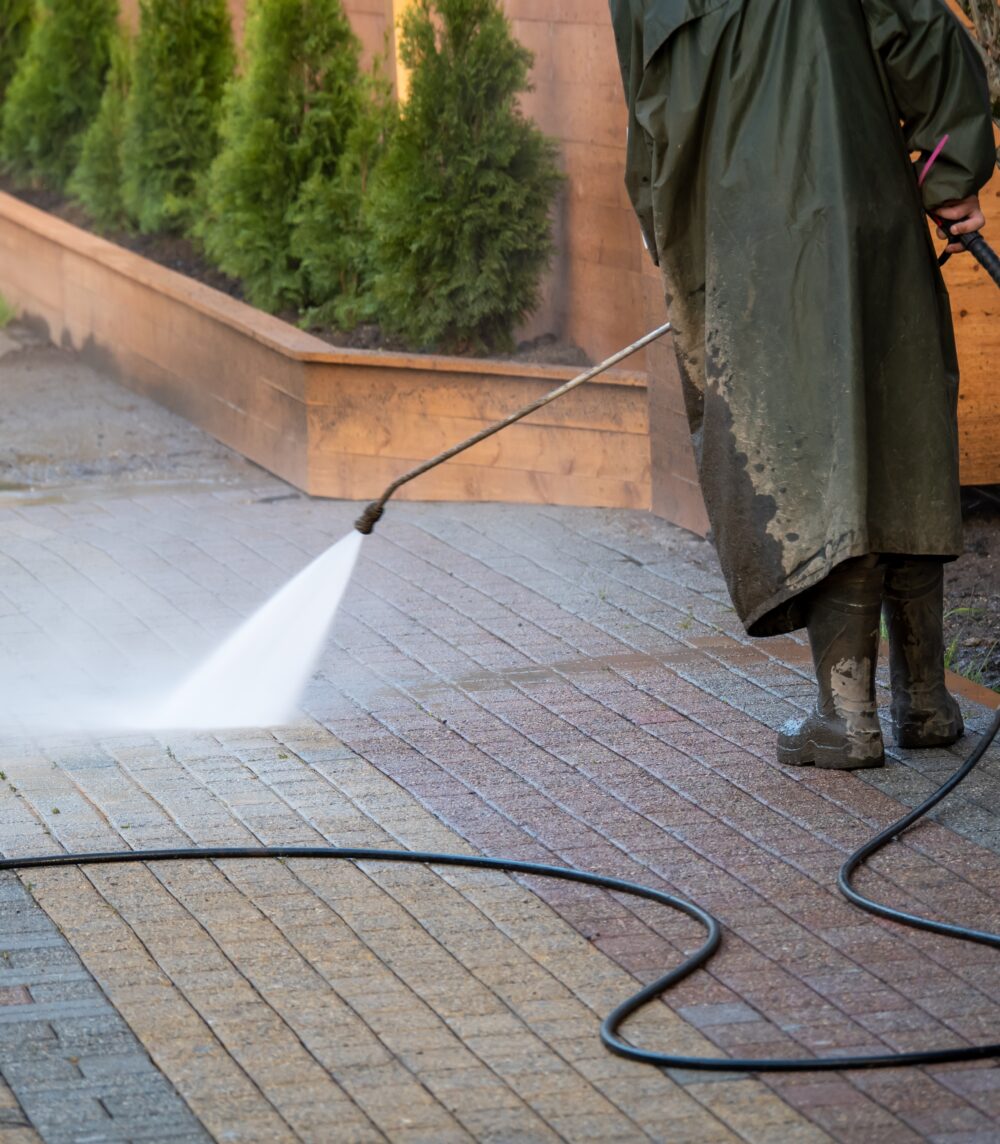
Weekly sweeping can help remove seeds before they settle into joints. A stiff-bristled broom works wonders for preventing weed establishment and clearing debris that feeds future growth.
Pressure washing twice yearly flushes out accumulated soil and organic matter. After cleaning, refill any washed-out joint material immediately to prevent creating new spaces where weeds can take root.
5. Applying Weed Preventers
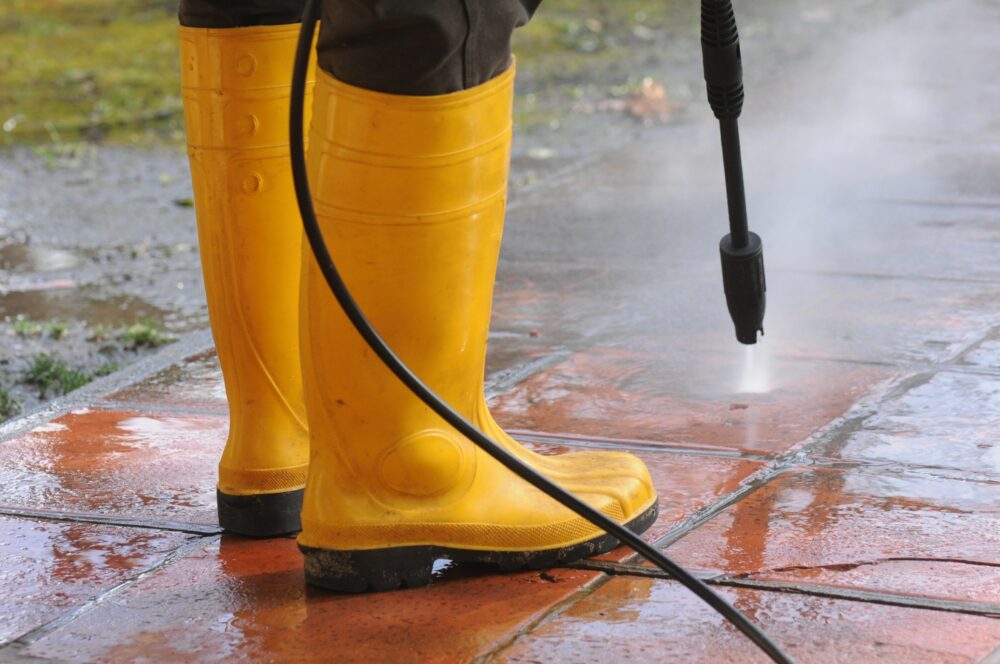
Pre-emergent herbicides create invisible barriers that stop seeds from developing roots. Spring application prevents summer weeds, while fall treatment targets winter invaders.
Salt or vinegar solutions offer natural alternatives that dehydrate existing weeds. For stubborn areas, consider corn gluten meal – it prevents seed germination while adding nitrogen to surrounding soil.
6. Seasonal Maintenance Considerations
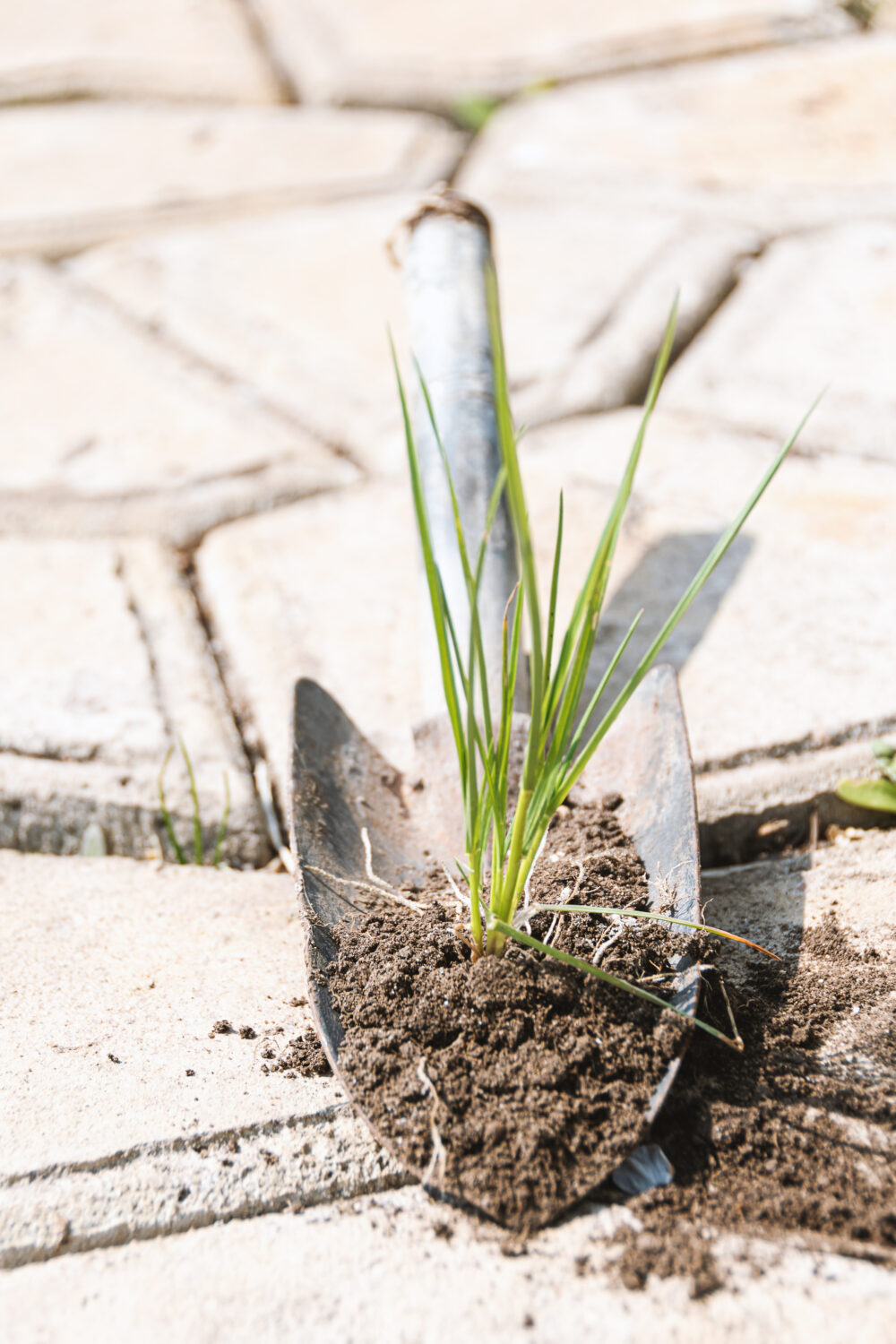
Spring calls for thorough cleaning and pre-emergent application after winter’s debris accumulation. Summer requires vigilance – pull young weeds before they establish deep roots.
Fall demands clearing leaves that would otherwise decompose between pavers. Winter preparation includes filling any gaps with fresh joint sand before freezing temperatures arrive, preventing frost heave that creates new weed spaces.
7. Common Mistakes To Avoid
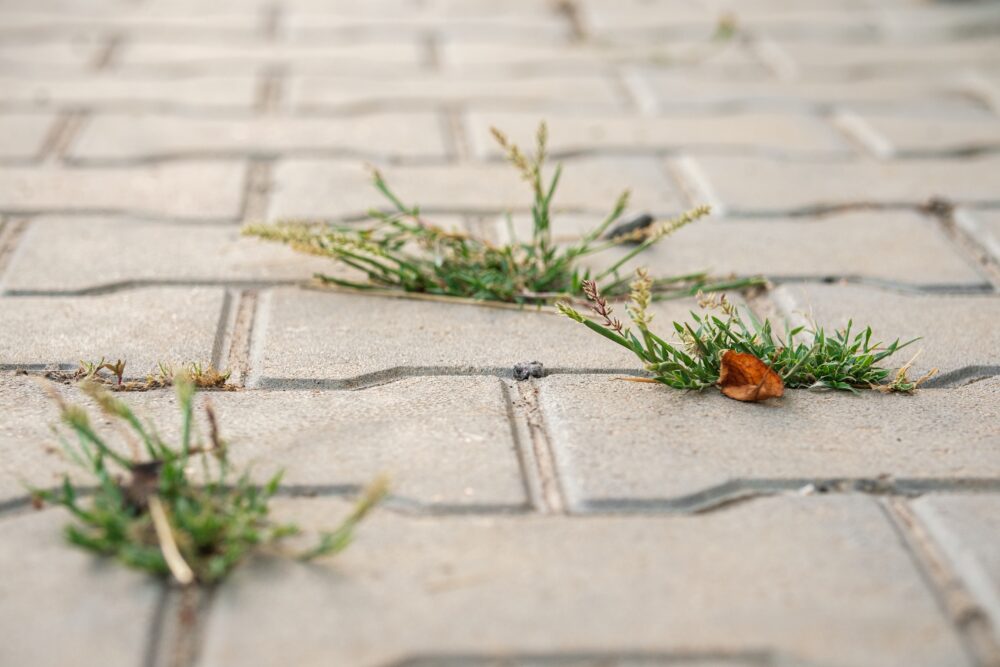
Pressure washing without refilling joints afterward creates perfect weed-growing environments. Many homeowners make this error, leaving clean but vulnerable pavers.
Using regular sand instead of polymeric varieties can lead to quicker washout during rainstorms. Another frequent misstep? Waiting until weeds are flowering before removing them – by then, they’ve already scattered hundreds of new seeds.






